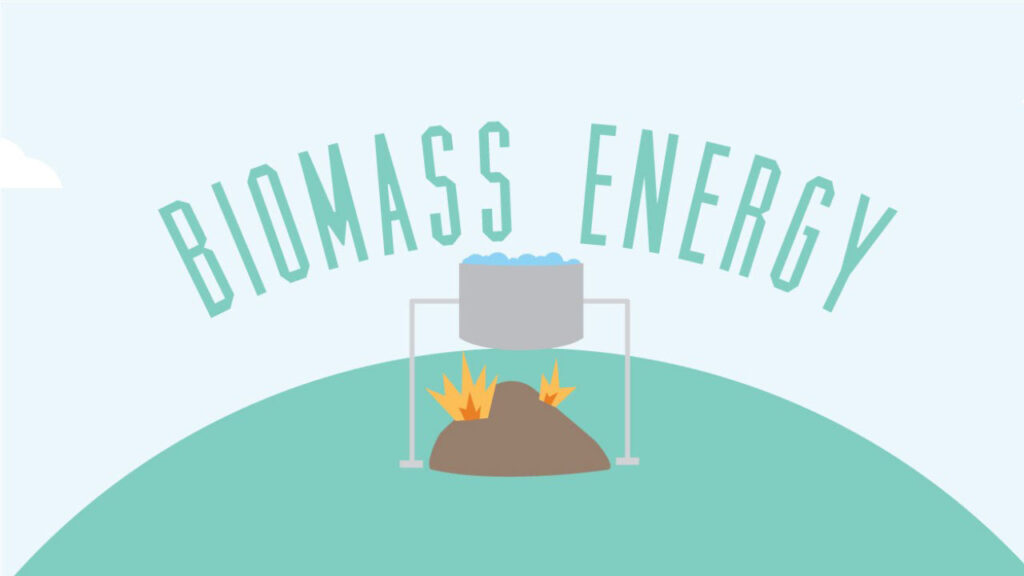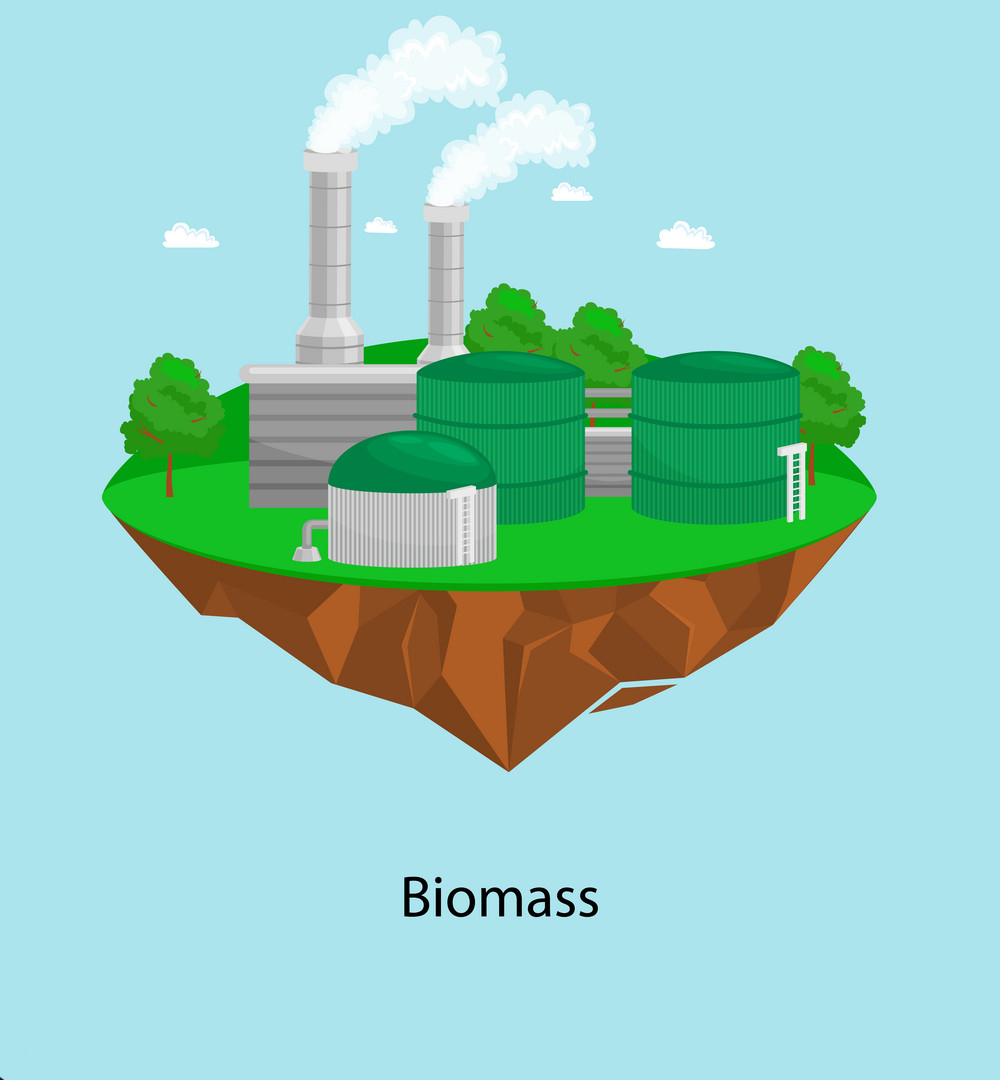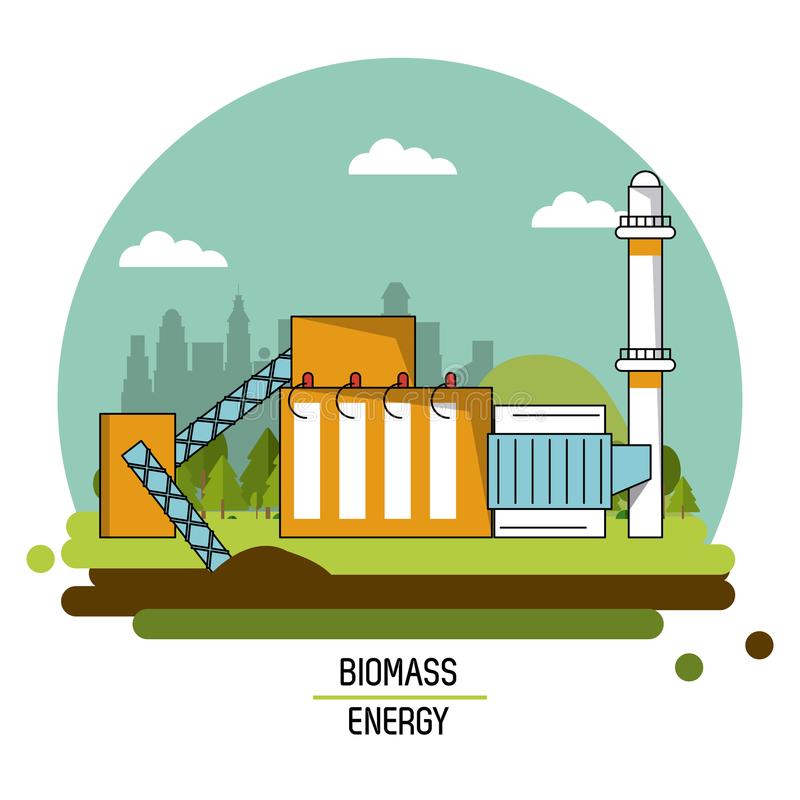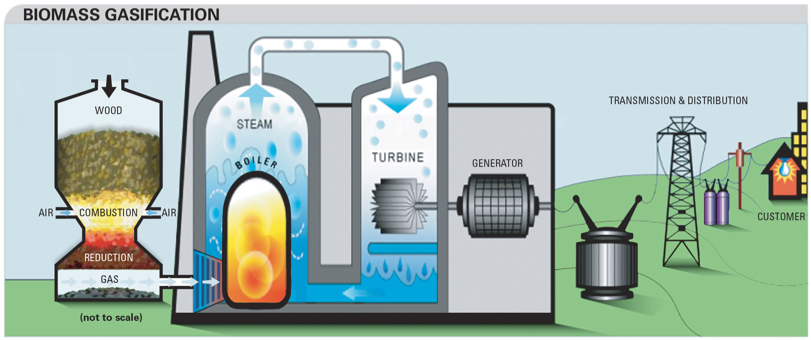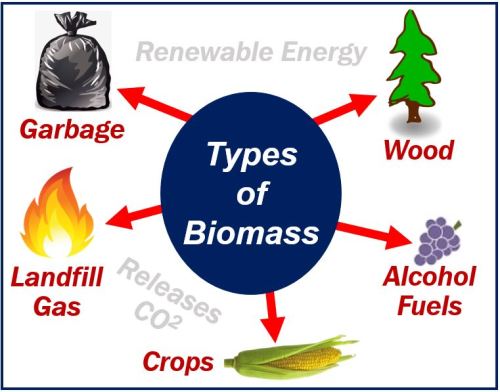What is biomass? Is it 100% positive?
In this new piece of a blog post on Linquip, we will take a look at the concept of what is biomass, as well as the positives and drawbacks, how it works and generated, and the different types.
biomass meaning
” Bio ” refers to living things, and ” mass ” refers to matter, because biomass, including plants and animals, is matter that comes from living or freshly living things.
what is biomass energy?
Don’t know what biomass is? It is one of the oldest energy sources for human beings. It can be used for the production of green energy in addition to supplying heat. Biomass is an organic material, including crops, waste wood, and trees, that comes from plants and animals. You might ask: is biomass renewable or non-renewable? Is it really clean? The answer is biomass is incorrectly characterized as a clean, sustainable resource and a greener alternative to energy generation from coal and other fossil fuels. However, recent science indicates that many sources of biomass generate higher carbon emissions than fossil fuels, especially forests. Also, for wildlife, there are harmful implications.
how does biomass energy work?
Next to what is biomass, you need to know how it works. As the supply does not run out, biomass is considered a green energy source. Biomass grows and re-grows very rapidly through the photosynthetic process. Carbon dioxide and water are transformed by photosynthesis into carbohydrates that fuel and develop plants. These carbohydrates undergo a reaction as we burn biomass, which transforms them back into carbon dioxide and water and releases the energy initially absorbed from the sun by the plants.
Moreover, the conversion of biomass into electricity operates similarly to the production of electricity from coal, that is, biomass is burnt to create steam in a boiler during this process. Then the steam flows over turbine blades that spin to fuel an electricity-generating generator.
how is biomass energy generated?
The generation of biomass refers to as “feedstock” while biomass is used as an energy source. Feedstocks may be produced primarily for their energy content or may consist of waste products from sectors such as agriculture, food manufacturing, or the manufacture of the timber. In boilers or furnaces, dry, combustible feedstocks such as wood pellets are burned. This boiling water in turn releases steam, which powers the production of electricity by a turbine.
What is biomass used for?
Now that you know what biomass is, it’s time to know what it is used for. The biomass is full of nutrients from the sun. Plants absorb sunshine and turn it into carbohydrates that are rich in nutrition. Once it consumes the seeds, the energy can be passed on to an animal. Humans can then use things like logs, harvested maize, and animal waste from these organisms to make heat, electricity, or liquid fuel. It is usually used for heat generation, and often for electricity at the industrial level. For heating underfloor heating and heating water, biomass boilers may be built-in houses.
Converting biomass to a gaseous fuel is also another way to produce biopower from biomass. It creates a synthesis ga when you put biomass in a high-temperature atmosphere without the presence of oxygen. This gas will then be burned for electricity generation in a boiler or a gas turbine. By turning biomass into liquid fuel, or bio-oil, you can also generate bio-power.
biomass energy examples
Examples of biomass are both maize and vegetable scraps. Another example of biomass is timber. If you break it down into its elements, biomass is a concept that is clear to grasp.
biomass energy advantages and disadvantages
Up to here, you understood what is biomass, how it works and what is it uses are. However, like every energy option, biomass has advantages and disadvantages. Below we will examine a couple of them.
Advantages of biomass
1. Biomass is always and widely available as a renewable source of energy. The organic materials used to generate biomass are limitless, as waste such as refuse, wood, and manure is continually created by our population.
2. It reduces the overreliance on fossil fuels. Not only is there a finite availability of fossil fuels, but environmental baggage often comes with fossil fuels, including the release into the atmosphere of vast volumes of carbon dioxide and toxins arising from removal, transport, and processing.
3. Biomass is less expensive than fossil fuels. While the production of fossil fuel requires a heavy capital outlay, such as oil drills, gas pipelines, and the collection of fuel, biomass technology is much cheaper. Manufacturers and manufacturers are willing to achieve greater profits from reduced production.
4. It’s not done yet. What is biomass? We say the processing of biomass adds an income stream for manufacturers. Waste farmers can add value by channeling their waste to make more efficient use of biomass energy in the form of waste.
5. The amount of garbage dumped in landfills is decreased by 60 to 90 percent by the combustion of solid waste, decreasing the expense of landfill disposal and the amount of land needed for landfills.
6. Biomass helps reduce waste. There are several negative impacts on the environment from landfills, including contamination of nearby air, soil, and water, and greenhouse gas emissions.
7. Biomass energy plants are dispatchable in several cases, ensuring they can be quickly switched on or off. This helps users of power grids to use electricity from these plants at high-demand hours.
Disadvantages of biomass
1. Biomass energy is not as efficient as fossil fuels. Compared to oil, certain biofuels, including ethanol, are somewhat unreliable. In reality, to maximize its effectiveness, it has to be fortified with fossil fuels.
2. Next to what is biomass, here we say: what isn’t biomass? It is not entirely clean. while often seen as an environmentally friendly alternative to coal, the production of biomass electricity releases pollutants into the air, such as carbon dioxide, nitrogen oxides, and more. Biomass emissions and pollutants may be worse than those from fossil fuel resources in some cases. These emissions have detrimental environmental and human health consequences.
3. Can lead to deforestation. Since wood is one of the most commonly used sources of biomass oil, it is important to burn large quantities of wood and other waste products to achieve the required amount of fuel. While there is not ample wood waste at present, there is a chance of deforestation in the future.
4. There are indirect costs involved with harvesting, shipping, and storing biomass before power generation, aside from the upfront costs of having the plants up and running. The final costs depend primarily on the source of biomass and how it is turned into energy.
5. Biomass plants require a lot of space. To reduce transportation and storage costs, companies often also need to place these plants close to their source of biomass. To grow organic matter itself, additional space may also be necessary.
types of biomass
-
Wood
This entails some raw wood containing additives and finishes. It usually comes from forestry and arboriculture, and low quality, such as sawdust, bark, or brash, would be commercially viable sources for the fuel industry.
-
Crops
This usually requires short rotation crops, which could use any variety of plants from quickly growing trees such as poplar to sugar and starch crops (beet, wheat, or maize), to oil crops such as rape and sunflower. Whatever the source, the fuel usually arrives in a chipped shape that is refined. It is necessary to know whether the boiler is safe for use with these fuels.
-
Agricultural Residues
Usually, these systems need regular user feedback, which can be a turn-off for others, but they can provide a very affordable pricing choice for those with convenient access to waste resources such as wheat or barley straw.
-
Food Residues
Usually wet, and in the form of oils, fruit and vegetables, distillery waste, and waste meat and fish can come from almost every food producer.
-
Industrial Residues
This may contain remnants of processed and raw timber, such as sawdust or chips of dry wood. For these kinds of boilers, permission is typically required as the fuel must comply with environmental regulations. The use of incredibly dry materials must also be vigilant, as this will adversely impact a boiler that is not meant to be used for fuel.
The Final Word
In this article, we presented appropriate explanations about this question what is biomass? Biomass has been a common sustainable source of energy over the years, with the ability to be a stable and consistent source of renewable energy to satisfy our increasing needs. The use of biomass for electricity has both benefits and drawbacks, and there are several challenges. Do you have more queries on the question “What is biomass?” and also the possible future of it? Register at Linquip and please let us know in the comments section.
Buy Equipment or Ask for a Service
By using Linquip RFQ Service, you can expect to receive quotations from various suppliers across multiple industries and regions.
Click Here to Request a Quotation From Suppliers and Service Providers
Read More On Linquip

